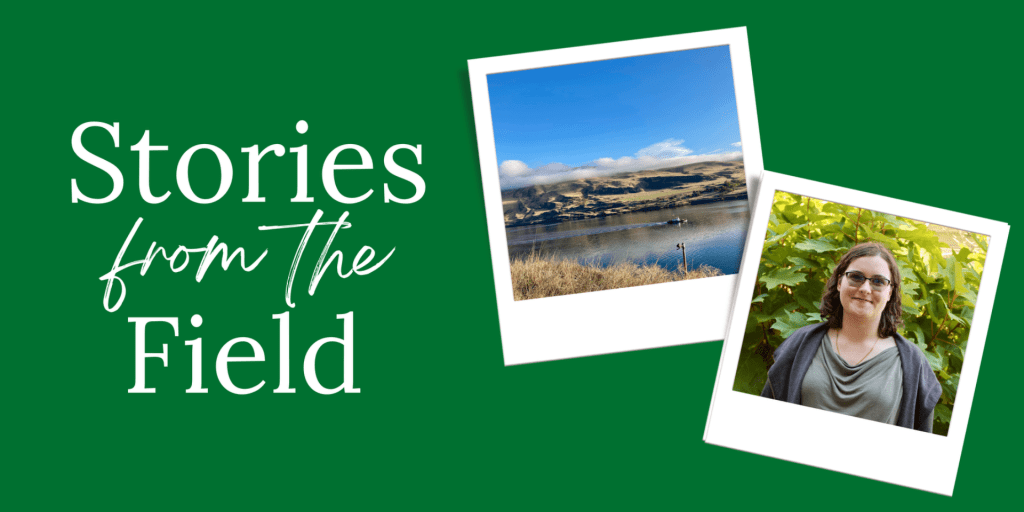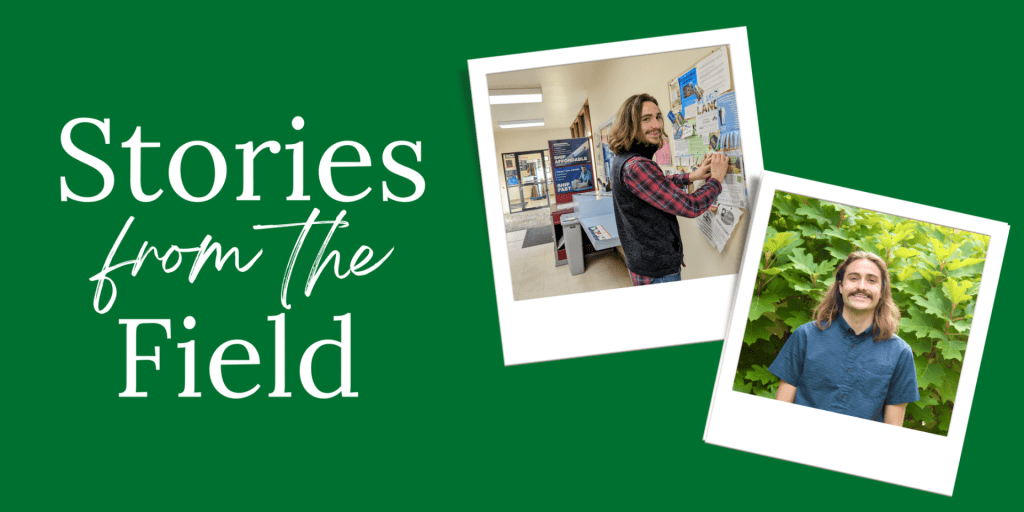By Ann Moorhead, Special Projects Manager, City of The Dalles
Exploring The Dalles: Outdoor Recreation Opportunities in Oregon’s Hidden Gem
Nestled in one of the most captivating landscapes of Oregon, The Dalles stands as a hidden gem, gracing a bend in the Columbia River slightly more than an hour east of Portland. Embraced by the Gorge and kissed by the sun in Oregon’s high desert, this charming rural town offers a panoramic view of a sparkling river, mountains adorned with wildflowers, and a welcoming community basking under clear skies. The Columbia Gorge Scenic Area, a protected natural wonder, enhances the allure while making The Dalles an ideal playground for exploration.
However, despite its natural grandeur, The Dalles often remains obscured by the shadows of neighboring cities like Cascade Locks and Hood River. Located further from Portland than these more frequented destinations, The Dalles struggles to seize the spotlight. Small businesses here heavily rely on tourism. This presents a challenge to The Dalles Area Chamber of Commerce – the local tourism authority – to effectively showcase and promote its unique assets to bring in more people to our region to explore all it has to offer.
To address this, I undertook a mission to inventory, organize, and assess the outdoor tourism assets of The Dalles and its surroundings. The journey commenced by exploring what we already had: a list created by an intern years ago with basic details about all the major hikes in the Columbia River Gorge. It was a start, but it reinforced the same issues: many of them were further west around Cascade Locks and Hood River. What we needed was to shine a spotlight on The Dalles and the unique adventures available here.
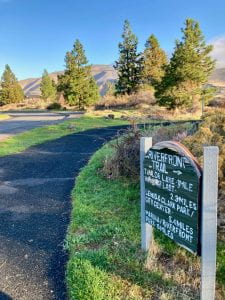 So, I kept digging. Delving deeper as I engaged with the community, seeking insights from coworkers, community partners, neighbors, and even strangers. Their recommendations not only introduced me to more hikes but broadened the scope beyond just hiking, to encompass activities and venues such as birdwatching, parks, scenic drives, sports fields, and unique photo spots. I didn’t discriminate; if it was outdoors, it deserved a place in the inventory.
So, I kept digging. Delving deeper as I engaged with the community, seeking insights from coworkers, community partners, neighbors, and even strangers. Their recommendations not only introduced me to more hikes but broadened the scope beyond just hiking, to encompass activities and venues such as birdwatching, parks, scenic drives, sports fields, and unique photo spots. I didn’t discriminate; if it was outdoors, it deserved a place in the inventory.
I started with everything I could find online. I got sucked into the data and created pages of spreadsheets. I was so proud of everything I had collected. But every day, I would go to work early, throw myself into it, and go home and crash. I had moved here only a day before I started working and I was so caught up in gathering my bearings that I had unknowingly fitted myself with blinders.
Then a day came where I got out of work earlier than usual. It was a warm, sunny afternoon and the weather was just perfect. I suddenly felt caught up in the atmosphere and finally took a moment to slow down and take everything in. I drove along 2nd Street, taking in the small shops and historic facades of buildings I had researched the history and importance of but never actually stopped to look at. I drove up the hill, cruising by the Fort Dalles Museum and the Anderson Homestead while looking out at the sprawling hills to the northwest as I continued to climb. Finally, I pulled over into Overlook Park next to Sorosis Park, high in the hills south of The Dalles. I got out of my car and took in the panoramic view of the city nestled along the river and the gorgeous landscape that enveloped it. Suddenly, all I had learned came into focus. I could see past the data and research the beauty and fascination it represented.
I wanted to share that feeling of wonder and exploration with everyone. To do that, I couldn’t stop at second-hand knowledge. I needed to find everything I could, and that meant getting out there, finding the small hidden quirks, and venturing off the beaten path to see what I could find. I explored distant corners, small, rural roads, and even under a bridge or two. I stopped at every rest stop and anything that caught my eye as I drove along the major roads any incoming tourist would take to collect pictures and information along all my adventures. I embodied a tourist the way we wanted our visitors to: respectfully adventurous, on a hunt to see the true beauty of this town to get to know the area and the community.
Online resources and personal explorations expanded the database to more than 300 entries across 10 categories, and the collection continues to grow. As spring approaches, phase two of the project will involve on-site visits to trailheads, photo spots, and other points of interest. This hands-on approach aims to verify the information, capture captivating photos, and note areas for improvement so we can continue to promote and improve the tourist experience.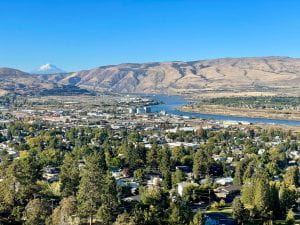
The task of creating a comprehensive inventory for The Dalles has required not only data gathering but also an understanding of what makes this town and its surroundings special. The Dalles is not just a location; it’s an experience waiting to unfold. It’s about the sound of rustling leaves on a hiking trail, the thrill of a bike ride along the riverfront, the peaceful moments of birdwatching by the dam, taking in the breathtaking views of Sorosis Park’s lookout, and relishing in the sun and fun in one of our community parks. The inventory isn’t just a list; it’s a narrative waiting to be explored. It’s about painting a vivid picture for potential visitors, inviting them to experience the heart and soul of this town. Each entry in the inventory serves as an invitation to explore, to connect, and to create memories in The Dalles.
My goal is clear: by the end of July, a comprehensive inventory will be unveiled, a guidebook for those seeking outdoor escapades and cultural discoveries in The Dalles. This inventory is built on my desire to share the wonder I have found in The Dalles. It’s an open invitation to wander, to find joy in every trail, and to create lasting memories. The Dalles, once overlooked, is now ready to be discovered, one adventure at a time.
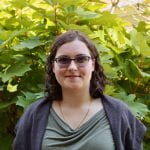 About the author, Ann Moorhead: Ann was born and raised in Beaverton, Oregon. After recently graduating with a B.S. in Planning, Public Policy, and Management from the University of Oregon, Ann is gathering experience with many different kinds of planning to determine her future steps. Ann enjoys exploring, trying new things, and collecting stories; she believes anything can be an adventure with the right mindset. Ann looks forward to discovering new adventures in The Dalles!
About the author, Ann Moorhead: Ann was born and raised in Beaverton, Oregon. After recently graduating with a B.S. in Planning, Public Policy, and Management from the University of Oregon, Ann is gathering experience with many different kinds of planning to determine her future steps. Ann enjoys exploring, trying new things, and collecting stories; she believes anything can be an adventure with the right mindset. Ann looks forward to discovering new adventures in The Dalles!
Interested in gaining sustainability and environmental planning experience of your own? Are you looking for a life changing experience in rural Oregon? Learn more about serving with the RARE AmeriCorps Program. Applications for Year 31 (2024-25) due April 28, 2024 by 11:59pm PDT.
